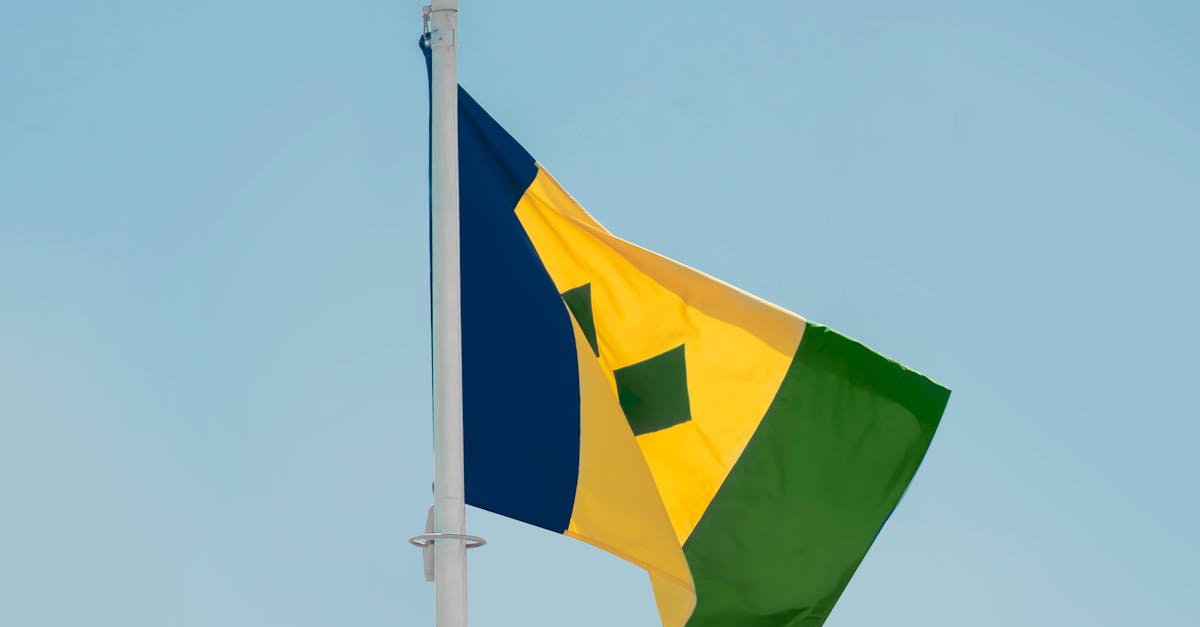Facts About Haiti
Haiti, officially known as the Republic of Haiti, is a country located in the Caribbean Sea, situated on the island of Hispaniola, which it shares with the Dominican Republic. With a rich history and diverse culture, Haiti has been an important player in the region’s politics, economy, and social development.
Geography and Climate
Haiti covers approximately 7,750 square miles, making it the third-largest country in the Caribbean. The terrain is varied, featuring mountains, valleys, and coastal plains. The climate ranges from tropical to subtropical, with two main seasons: a hot, dry season during the winter months (December to April) and a wet, humid season during the summer months (May to November). The country’s geography and climate have created diverse ecosystems, including rainforests, mangrove swamps, and coral reefs.
History
Haiti has a complex and fascinating history. In 1492, Christopher Columbus arrived on the island, marking the beginning of European colonization. Haiti was a French colony from 1697 to 1804, when it gained independence through a successful slave revolt led by Toussaint Louverture and Jean-Jacques Dessalines. This revolution marked the first successful slave uprising in modern history, resulting in the establishment of the first independent black nation in the world.
Economy
Haiti’s economy is largely based on agriculture, with crops such as coffee, sugarcane, and bananas being major exports. The country also has significant oil reserves, which contribute to its energy sector. However, Haiti remains one of the poorest countries in the Western Hemisphere, with a GDP per capita of around $700. The government has implemented various initiatives to stimulate economic growth, including investments in infrastructure and tourism development.
Culture
Haitian culture is a rich blend of African, French, Spanish, and indigenous Taino influences. The country’s music, dance, art, and cuisine reflect this diverse heritage. Traditional Haitian music includes genres such as kompa, rase, and konpa, while the country’s iconic Vodou (Voodoo) traditions continue to play an important role in Haitian culture. Haitian cuisine features dishes like rice and peas, fried plantains, and griot (a traditional dish made with meat, onions, and bell peppers).
Challenges
Despite its many strengths, Haiti faces numerous challenges, including poverty, corruption, and natural disasters. The country has been vulnerable to devastating earthquakes, hurricanes, and floods, which have had a significant impact on the population and infrastructure. The 2010 earthquake that struck Haiti resulted in over 220,000 deaths and left millions of people homeless.
Conclusion
Haiti is a complex and fascinating country with a rich history, diverse culture, and breathtaking natural beauty. From its colonial past to its present-day challenges, Haiti continues to captivate the world’s attention. By understanding more about this incredible island nation, we can work towards supporting Haitian development and promoting greater international awareness and cooperation.
